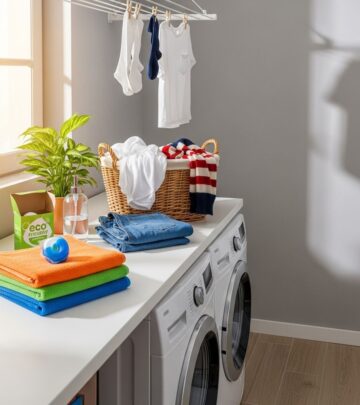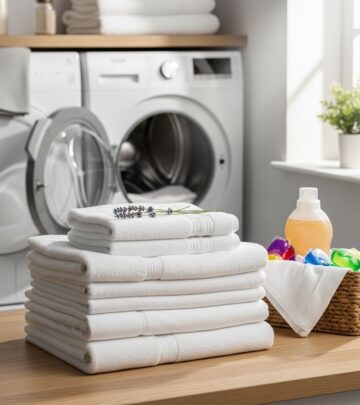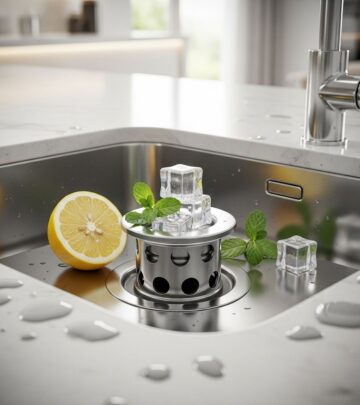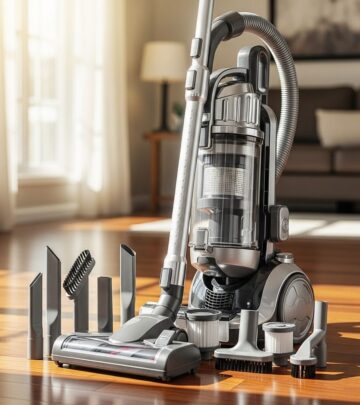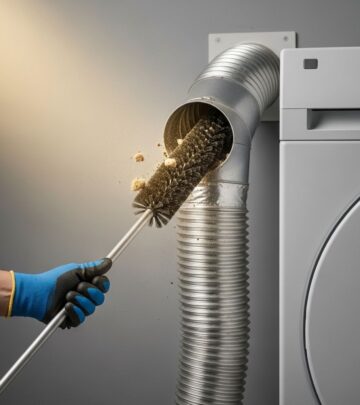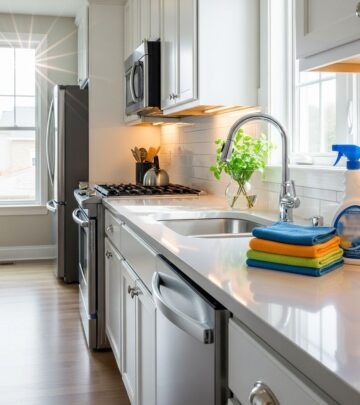DIY AC Repair: 8 Essential Fixes To Keep Your Home Cool
Master simple cooling system fixes at home and save time plus money like a pro today!
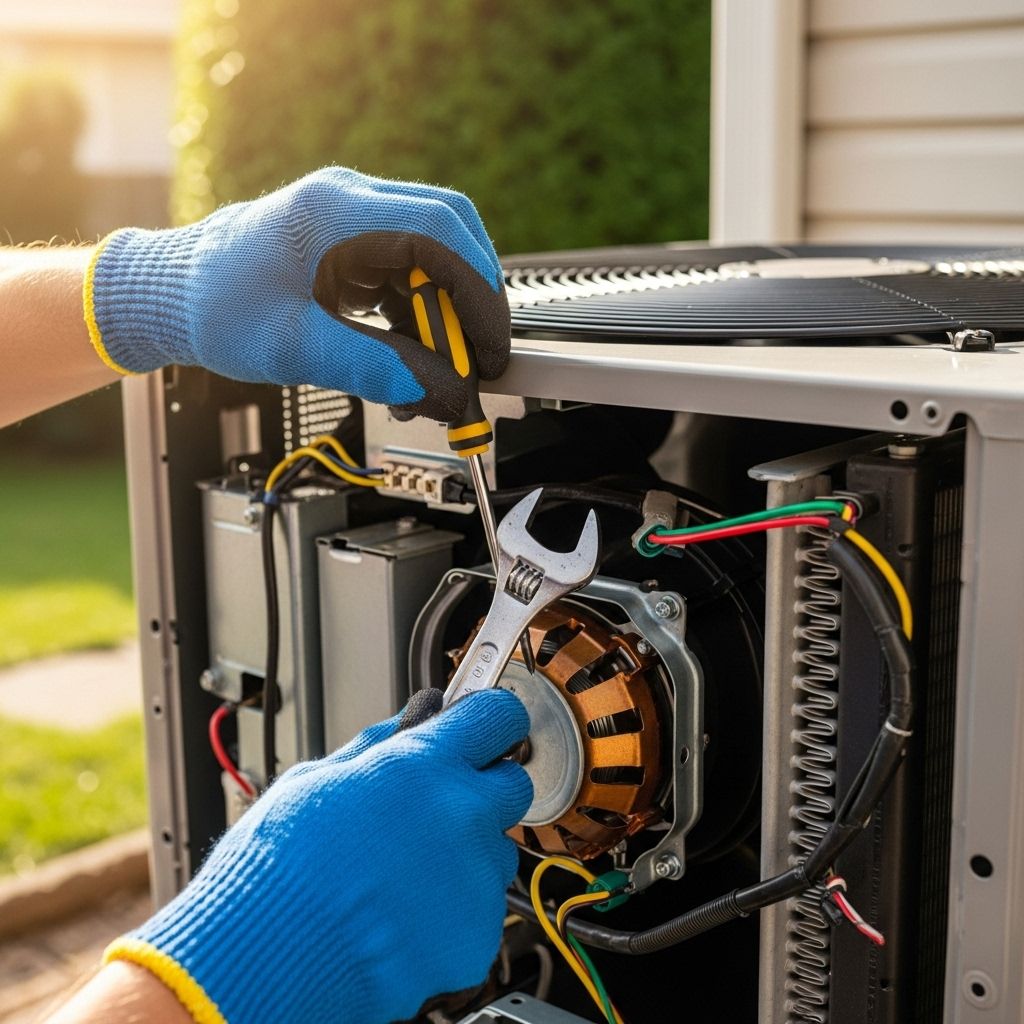
Image: HearthJunction Design Team
How to Fix the Most Common Air Conditioning Repairs Yourself
Central air conditioning keeps your home comfortable in the summer, but breakdowns are common—and often happen at the worst times. Many issues, however, can be fixed without calling an HVAC technician. By understanding the most frequent AC problems and their solutions, you can restore your system’s cooling power, reduce downtime, and save on expensive service calls. This guide covers the core DIY repairs and maintenance tasks to keep your central air conditioning running smoothly, as well as troubleshooting advice, safety tips, and expert recommendations.
Understanding Central Air Conditioner Problems
Central air conditioners are complex systems, but most breakdowns are caused by a handful of common issues. Knowing what to look for—and how to address it—can make all the difference in regaining your cool quickly. This article covers the following:
- How to check the main power sources
- Resetting the system and ensuring proper electrical connections
- Replacing or cleaning dirty air filters
- Clearing debris around the outdoor condenser
- Inspecting the thermostat and thermostat batteries
- Unclogging the condensate drain line
- Cleaning the evaporator coil and condenser fins
- Recognizing when it’s time to call a professional
Troubleshooting: AC Not Working at All
If your central air isn’t running, start with these quick checks before moving on to more involved repairs:
- Check the Thermostat: Make sure it’s set to “cool” and the temperature is set below the current room temperature. Dead or weak batteries can also cause issues—replace them if needed.
- Inspect Power Switches: Confirm that the circuit breaker or fuse controlling the AC unit is not tripped or blown. There may also be a shutoff switch near the furnace or air handler—ensure it’s in the “on” position.
- Check Disconnect Block: Many outdoor condensers have a disconnect block nearby. Make sure it’s fully engaged and supplying power.
If none of these steps resolve the issue, try resetting the system. Turn the thermostat off, wait a few minutes, then turn it back on. If your AC still doesn’t start, proceed to the following sections for further troubleshooting.
Replace or Clean the Air Filter
A dirty air filter is one of the most common causes of poor air conditioning performance. Clogged filters restrict airflow, making your unit work harder—and potentially leading to a complete shutdown.
- Locate the Filter Slot: This is usually near the air handler, furnace, or inside the return vent.
- Remove and Inspect the Filter: If it’s visibly dirty or clogged, replace it with a new one of the same size and type.
- Maintain Regularly: Check your filter every 1-3 months during cooling season, and replace as needed to keep your system running efficiently.
Tip: Forgetting to change your air filter can lead to insufficient air balance, overworked blower motors, and costly repairs.
Clear Debris and Obstructions Around the Outdoor Unit
The outdoor condenser unit requires unobstructed airflow to function properly. Over time, leaves, grass, dirt, and debris can build up around the unit, causing it to overheat or work inefficiently.
- Shut Off Power: Always disconnect power to the condenser at the service panel before cleaning.
- Remove Debris: Trim back shrubs, grass, and plants at least 2 feet from all sides. Remove leaves, sticks, and other debris from the area.
- Clean Condenser Coils: Use a soft brush to gently remove dirt from the metal fins. If heavily soiled, spray the coils with a garden hose from the inside out (avoid bending the fins).
Check and Calibrate the Thermostat
Your thermostat is the command center of your AC system. Incorrect settings, dead batteries, or a malfunctioning thermostat can all prevent your AC from turning on or cycling properly.
- Set to Cool: Make sure the system is set to “cool” rather than “heat” or “fan.”
- Replace Batteries: If your thermostat has batteries, try new ones to eliminate power issues.
- Level and Calibrate: Older mechanical thermostats should be level for accurate readings. Use a small level and adjust as needed.
- Upgrade if Needed: Consider switching to a programmable or smart thermostat for more precise control.
Note: Replacing a thermostat may seem simple, but incorrect wiring can blow fuses or damage the control board. If unsure, consult a pro.
Clear the Condensate Drain Line
Condensation is a normal byproduct of air conditioning. The excess water drains away through a dedicated line. If the line becomes clogged with algae or debris, water can back up, tripping a safety switch and shutting off the system.
- Find the Drain Line: Look for a white PVC pipe near the indoor unit.
- Clear the Blockage: Use a wet/dry shop vacuum to suction out the clog from the exterior drain line. Alternatively, flush with a mixture of water and a mild disinfectant.
- Prevent Future Clogs: Pour a cup of vinegar or a commercial drain cleaner down the line every few months.
Clean and Straighten the AC Fins
The metal fins on the condenser and evaporator coils help transfer heat. Bent or dirty fins reduce efficiency and can strain your system. Here’s how to address them:
- Turn Off Power: Always cut power before working on your AC.
- Access the Fins: Remove the outer cover or grille (usually held by screws).
- Clean Gently: Use a fin cleaning spray or a soft brush to remove dirt and debris.
- Straighten Bent Fins: Use a fin comb (available at home improvement stores) to carefully straighten any bent fins without causing damage.
Clean the Indoor Evaporator Coil
Dust and dirt can accumulate on the evaporator coil (located inside your air handler or furnace), reducing your system’s ability to cool. Cleaning the coil helps restore performance:
- Access the Coil: Remove the access panel (consult your owner’s manual if needed).
- Brush Away Dust: Use a soft brush or compressed air to dislodge dirt.
- Apply Coil Cleaner: Use a no-rinse foaming coil cleaner for deeper cleaning. Allow the cleaner to work, then replace the panel.
Resetting a Tripped Circuit Breaker
If your air conditioner trips the circuit breaker, it’s often due to a power surge, short circuit, or electrical overload. Here’s how to reset it safely:
- Locate Your Breaker Panel: Find the breaker labeled for the AC unit.
- Switch Off, Then On: Move the breaker to the OFF position, then back to ON.
- Investigate Recurring Trips: If the breaker trips again immediately, there is likely an underlying electrical problem. Shut off power and call a licensed professional.
Check for Refrigerant Leaks
Low refrigerant levels can cause your AC to blow warm air, ice up, or fail to cool effectively. DIY repairs are not recommended for refrigerant issues, as handling refrigerant requires EPA certification. But you can look for telltale signs:
- Check for Ice: Ice buildup on the refrigerant lines or evaporator coil may indicate a refrigerant leak.
- Listen for Hissing: A hissing or bubbling sound from lines or components may also signal a leak.
- Call a Pro: If you suspect a leak, contact a qualified HVAC technician to repair, recharge, and test the system.
Fixing a Non-Working Outdoor Condenser Fan
The condenser fan pulls air across the coils to help cool refrigerant. If the fan isn’t spinning, your AC may overheat or shut down.
- Check for Obstructions: Debris or dirt can impede the fan blades—remove any visible blockages.
- Inspect the Capacitor: A failed capacitor is a common cause of fan issues, but replacing it involves electrical work. If you’re comfortable and have the right part, replace it with the power off.
- Test the Motor: If the capacitor is good but the fan won’t turn, the motor may need replacement—best handled by a professional.
Preventative Maintenance Tips
Many AC breakdowns are preventable with simple routine maintenance. Here are expert tips to extend your system’s lifespan and efficiency:
- Replace or clean the air filter every 1-3 months
- Clear debris and vegetation from around the outdoor unit seasonally
- Inspect insulation on refrigerant lines annually
- Schedule a yearly professional tune-up for deep cleaning and diagnostics
- Set your thermostat to 78°F during heat waves to avoid “hot pulldown” overworking the unit
When to Call a Professional
While many air conditioning repairs are DIY-friendly, certain issues require the skills and tools of a licensed HVAC technician. Call in a professional if you encounter:
- Refrigerant leaks or recharging needs
- Repeated electrical issues, such as tripped breakers or blown fuses
- Persistent water leaks inside your home
- Major component failures (compressor, control board, blower motor)
- Unfamiliar wiring or complex repairs
Attempting advanced repairs without proper knowledge can result in injury, equipment damage, or voided warranties. When in doubt, seek professional help.
Safety Tips for DIY AC Repair
- Always shut off power at the breaker and disconnect switch before servicing any AC component
- Wear protective gloves and eye protection when handling chemicals, sharp fins, or electrical parts
- Never attempt to vacuum, repair, or recharge refrigerant lines yourself unless EPA-certified
- Follow manufacturer instructions and consult your owner’s manual for all maintenance tasks
- Avoid following unverified online advice that could damage your system or cause harm
Frequently Asked Questions (FAQs)
Why is my air conditioner running but not cooling?
This is often caused by a dirty filter, low refrigerant, or blocked coils. Start by checking the filter and clearing any debris from the outdoor unit.
How often should I change my AC’s air filter?
Change or clean the filter every 1-3 months during heavy use. A clogged filter can restrict airflow and lead to system breakdowns.
Can I repair a refrigerant leak myself?
No. Handling refrigerant requires EPA certification and specialized tools. Call a professional for leak repairs and recharging.
Why does my AC keep tripping the breaker?
This may indicate a serious electrical problem, motor failure, capacitor issue, or short circuit. Consult a licensed technician if resetting the breaker doesn’t solve the problem.
Should I turn on my AC after the house is already very hot?
It’s best to set your thermostat to 78°F before the indoor temperature rises too high. Waiting for a “hot pulldown” forces the system to work harder, leading to higher energy bills and potential damage.
Quick Reference Table: Common AC Problems & DIY Solutions
| Problem | Likely Cause | DIY Solution | Pro Needed? |
|---|---|---|---|
| AC won’t turn on | Power issue, thermostat, tripped breaker | Check breakers, thermostat, and power switches | No, unless recurring electrical issues |
| No cold air | Dirty filter, blocked coils, low refrigerant | Replace filter, clean coils, clear debris | Yes, for refrigerant problems |
| Water leaks | Clogged drain line | Clear drain with vacuum or cleaner | Yes, if persistent |
| Outdoor unit noisy | Debris in fan, worn bearings | Clear debris, inspect fan | Yes, for bearing or motor issues |
| Short cycling | Thermostat issue, dirty filter | Check thermostat, replace filter | Yes, if persists |
Conclusion
Many air conditioning problems are simple to diagnose and repair with a bit of knowledge and routine care. Start with basic checks—thermostat, power, air filter, and clearing debris—before moving on to more involved DIY fixes. Always prioritize safety by disconnecting power and consulting your owner’s manual for guidance. With these tips, you can keep your AC system running efficiently, beat the summer heat, and potentially save hundreds on unnecessary service calls. For complex repairs or refrigerant issues, always rely on a licensed HVAC professional. Stay comfortable and cool—your AC (and wallet) will thank you.
References
Read full bio of Shinta

